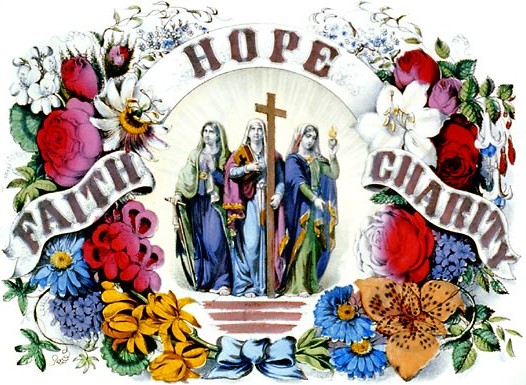“Look, O LORD, and behold, for I am despised.
Is it nothing to you, all you who pass by?
Look and see if there is any sorrow like my sorrow which was brought upon me,
Which the LORD inflicted on the day of his fierce anger.
From on high he sent fire;
Into my bones He made it descend;
He spread a net for my feet;
He turned me back;
He has left me stunned, faint all the day long.
My transgressions were bound into a yoke;
By his hand they were fastened together;
They were set upon my neck;
He caused my strength to fail;
The Lord gave me into the hands of those whom I cannot withstand.”
Lamentations
A solemn and majestic Catholic tradition exercised in Toledo as I have never experienced it anywhere else; profound and breath taking in the stunning Rosary Cathedral.

Rosary Cathedral Toledo
….One such service celebrated as an introduction to the Sacred Triduum (Holy Thursday, Good Friday and Holy Saturday) is called “tenebrae”.
The word itself means “darkness” in reference to the darkness held in the heart of the church during the days and hours of our Lord’s passion, death and resurrection. The order of service for Tenebrae takes its form from the celebration of the Liturgy of the Hours….
In its classic form dating as far back as the ninth century and earlier in some regions of Western Europe, Tenebrae was celebrated in the early morning hours on Holy Thursday, Good Friday and Holy Saturday. Historical and liturgical sources indicate that the service of Tenebrae commenced at midnight and was comprised of three separate segments called “nocturns”, each having a collection of specific psalm texts, antiphons and readings, followed by the praying of “lauds” (the morning prayer of the Church). Each of the three “nocturns” featured a selection of specific writings: the first nocturn featured passages from the Lamentations of the prophet Jeremiah; the second from the writings of St. Augustine; the third from the writings of St. Paul.
Rich in symbolism, the service of Tenebrae incorporates the use of light and darkness to evoke the spiritual reality recalled within the prayer. For instance, as the service was celebrated on the morning of Good Friday in its earliest days, the candles used for lighting were successively extinguished so that by the end only one candle was left burning. While the church found itself in darkness, the lone candle, the light of the one who would sacrifice himself for the life of the world, would remain and be seen as the light in darkness. Hope was restored for God’s faithful ones.
Another feature of the Tenebrae Service celebrated at Toledo’s Rosary Cathedral is the use of black vestments. Normally worn for the Requiem Mass during the pre-Vatican II period, the Cathedral’s black vestments are hand-embroidered and depict in episodic progression the passion and suffering events of Christ’s way to Calvary.
While the Office of Tenebrae has been replaced by the celebration of the Liturgy of the Hours today, some parish and cathedral communities offer a hybrid form of the service usually on Wednesday evening during Holy Week as an introduction to the mystery of faith recalled during the Sacred Triduum.
BY THE REVEREND CHARLES E. SINGLER, D.MIN. Rector of Our Lady of the Most Holy Rosary Cathedral Director of the Office of Worship, Diocese of Toledo 2008

